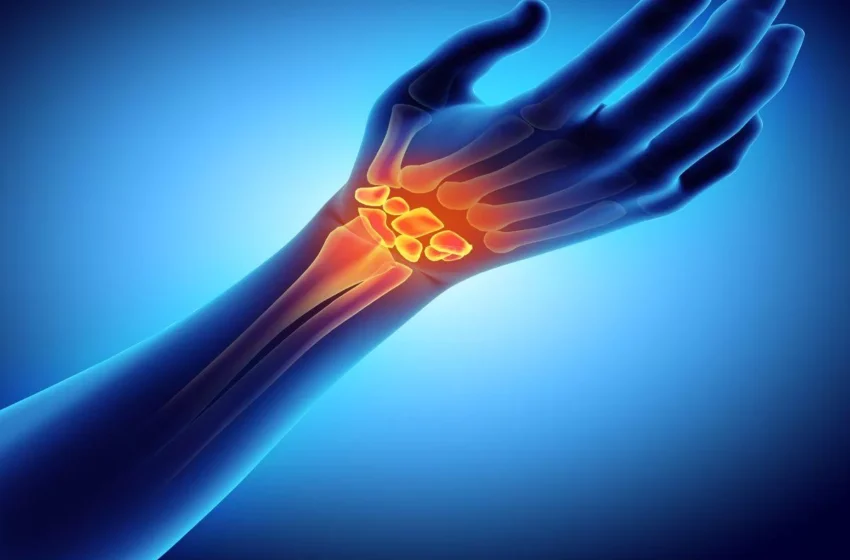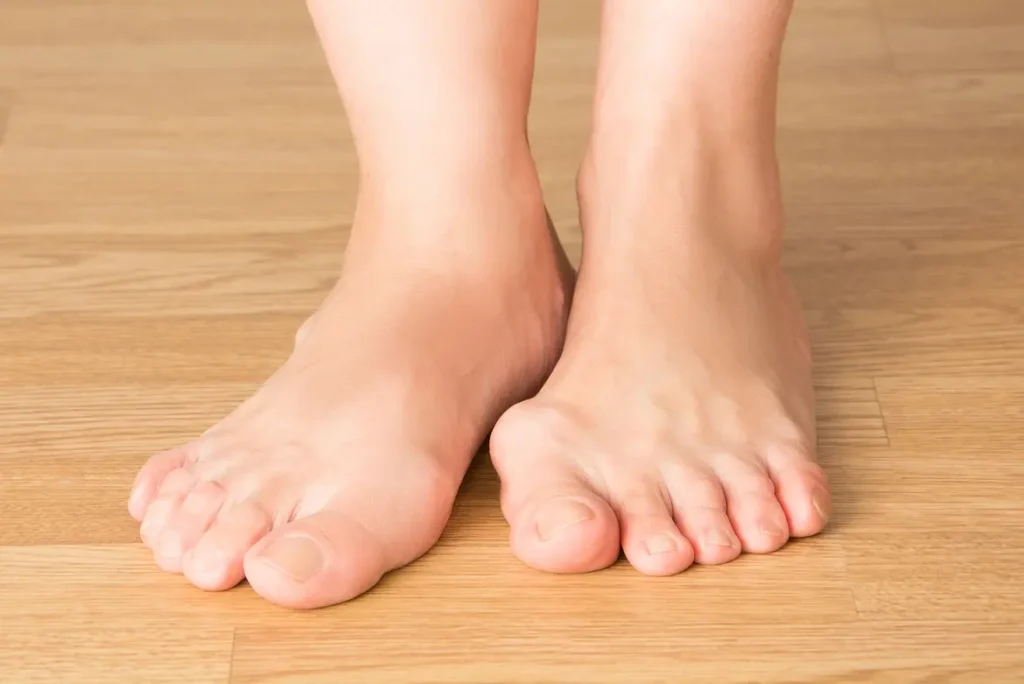Understanding Rheumatoid Arthritis: Symptoms, Stages, and Treatment

Rheumatoid arthritis (RA) is a chronic autoimmune disease that primarily affects the joints, causing pain, swelling, and stiffness. Unlike osteoarthritis, which results from wear and tear, RA occurs when the immune system mistakenly attacks healthy joint tissues. This condition can lead to long-term joint damage and impact overall quality of life.
In this article, we’ll explore what rheumatoid arthritis is, its symptoms, stages, and available treatments. We’ll also address common questions, such as whether RA is genetic and how it differs from osteoarthritis.
What Is Rheumatoid Arthritis?
Rheumatoid arthritis is an autoimmune disorder where the immune system targets the synovium—the lining of the membranes surrounding joints. This leads to inflammation, joint damage, and, in severe cases, affects other organs like the heart and lungs.
RA often begins in smaller joints, such as those in the hands and feet, and can progress to larger joints over time. Early diagnosis and treatment are crucial to managing symptoms and preventing joint deformity.
Rheumatoid Arthritis Symptoms
The symptoms of rheumatoid arthritis can vary from person to person but commonly include:
- Joint pain and stiffness, especially in the morning or after inactivity
- Swelling and tenderness in multiple joints
- Fatigue and general weakness
- Low-grade fever
- Loss of appetite
In some cases, RA may also cause rheumatoid nodules—firm lumps under the skin near affected joints.
Early Stage Rheumatoid Arthritis in Hands
Early signs of RA in the hands may include:
- Mild joint stiffness, particularly in the morning
- Slight swelling in the knuckles or wrists
- Difficulty gripping objects
Recognizing these early symptoms can lead to prompt treatment and better long-term outcomes.
The 4 Stages of Rheumatoid Arthritis
Rheumatoid arthritis progresses through four stages:
- Stage 1 (Early RA): Mild inflammation in the synovium, causing joint pain and stiffness.
- Stage 2 (Moderate RA): Increased inflammation leading to cartilage damage.
- Stage 3 (Severe RA): Joint deformity due to bone and cartilage erosion.
- Stage 4 (End-Stage RA): Joints may fuse, leading to loss of mobility.
Early intervention can slow or even halt progression, making timely diagnosis essential.
Rheumatoid Arthritis vs. Osteoarthritis
While both conditions cause joint pain, they have key differences:
| Feature | Rheumatoid Arthritis | Osteoarthritis |
| Cause | Autoimmune disease | Wear and tear |
| Onset | Can occur at any age | Usually older adults |
| Affected Joints | Symmetrical (both sides) | Often one side |
| Morning Stiffness | Lasts over an hour | Less than 30 minutes |
| Systemic Symptoms | Fatigue, fever | Localized pain only |
Understanding these differences helps in accurate diagnosis and treatment.
Is Rheumatoid Arthritis Genetic?
Research suggests that genetics play a role in RA. People with a family history of the condition are at higher risk. However, environmental factors—such as smoking or infections—can also trigger RA in genetically predisposed individuals.
Rheumatoid Arthritis Treatment Options
While there is no permanent cure for RA, treatments can manage symptoms and slow disease progression. Common approaches include:
- Medications
- DMARDs (Disease-Modifying Antirheumatic Drugs): Slow joint damage (e.g., methotrexate).
- Biologics: Target specific immune responses (e.g., TNF inhibitors).
- NSAIDs and Steroids: Reduce pain and inflammation.
- Lifestyle Changes
- Regular exercise (low-impact activities like swimming)
- Balanced diet (anti-inflammatory foods like fish and leafy greens)
- Stress management (yoga, meditation)
- Physical Therapy
Strengthening exercises and joint protection techniques can improve mobility.
- Surgery
In advanced cases, joint replacement may be necessary.
Can Rheumatoid Arthritis Be Cured Permanently?
Currently, there is no known cure for RA, but early and aggressive treatment can lead to remission—where symptoms are minimal or absent. Research continues to explore new therapies, including advanced biologics and personalized medicine.
Seronegative Rheumatoid Arthritis
Some people test negative for rheumatoid factor (RF) and anti-CCP antibodies but still have RA symptoms. This is called seronegative rheumatoid arthritis. Diagnosis relies more on clinical symptoms and imaging tests.
Juvenile Rheumatoid Arthritis
Also known as juvenile idiopathic arthritis (JIA), this form affects children under 16. Symptoms are similar to adult RA but may include eye inflammation and growth delays. Early treatment is critical to prevent long-term complications.
Rheumatoid Arthritis ICD-10 Code
For medical coding, RA is classified under ICD-10 code M06.9 (unspecified rheumatoid arthritis). More specific codes exist for different types and locations of RA.
Final Thoughts
Rheumatoid arthritis is a complex condition, but with proper management, many people lead active lives. If you experience persistent joint pain or stiffness, consult a rheumatologist for an accurate diagnosis and personalized treatment plan.
By staying informed and proactive, you can take control of your joint health and maintain a good quality of life despite RA.


